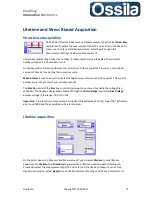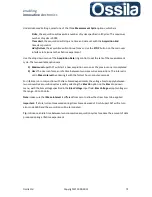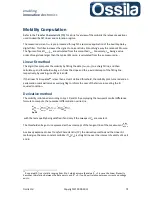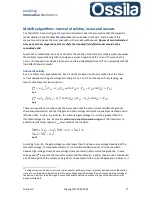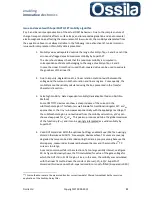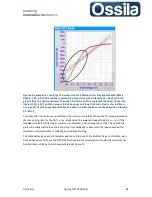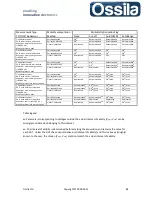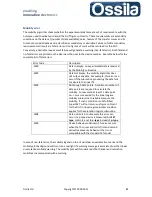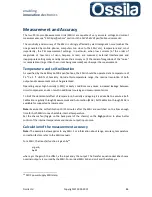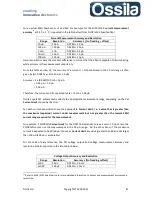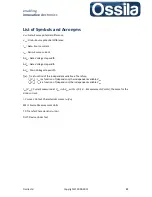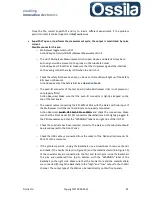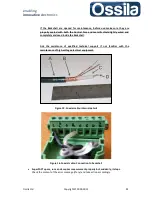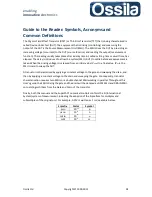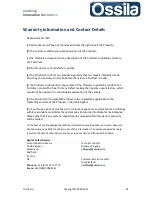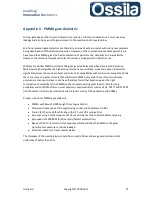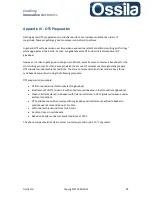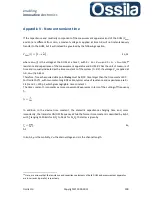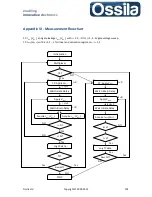
enabling
innovative
electronics
Ossila Ltd
Copyright © 2009-2015
86
Measurement and Accuracy
The two PXI Source Measurement Units (SMUs) are capable of very accurate voltage and current
measurements, see “
SMU Specifications
” section in the
NI PXI-4132 Specifications
documents.
The sensitivity and accuracy of the SMU is strongly affected by electromagnetic noise (such as the
one generated by mobile phones, computers too close to the SMU, etc), temperature and, most
importantly, the PXI measurement settings. In particular, when low currents (of the order of
magnitude of few tens of nano Ampere or less) are measured, external interferences and
inappropriate settings may sensibly reduce the accuracy or (if the order of magnitude of the “noise”
is comparable or larger than the current being measured) even hamper the measurement.
Temperature and self-calibration
As specified by the
Keithley
2612B
Specifications
, the SMU should be operated at a temperature of
23
0
C ± 5
0
C <&0 % of humidity. Outside this temperature range, the nominal resolution of both
output and measurement cannot be guaranteed.
Operating under high humidity (>90%) or dusty conditions may cause increased leakage between
circuit components and can result in additional sourcing and measurement errors.
To limit the detrimental effect of temperature, humidity and ageing it is advisable to execute a Self-
Calibration regularly through Measurement and Automation (MAX). Self-Calibration through MAX is
available for supported hardware only.
Note:
Execute the self-calibration 10/15 minutes after the SMU are switched on to allow enough
time for both SMUs to reach a stable internal temperature.
Set the chassis fan (toggle on the back panel of the chassis) on the
high
position
to allow better
control of the internal temperature and reduce output/input noise.
Calculation of the measurement accuracy
Note:
The example below applies to any SMU. For information about range, accuracy, temperature
correction factors, refer to the SMU manuals.
For a SMU, the
transfer function
is given by
26
y
=
gx+b
,
Eq. 32
where
g
is the gain,
b
the offset,
x
the input and
y
the output. The transfer equation describes how a
nominal output
x
is sourced by the SMU. For an ideal SMU
b
=0 and
m
=1 and therefore
y
=
x
.
26
NI DC power Supply SMU Help.

